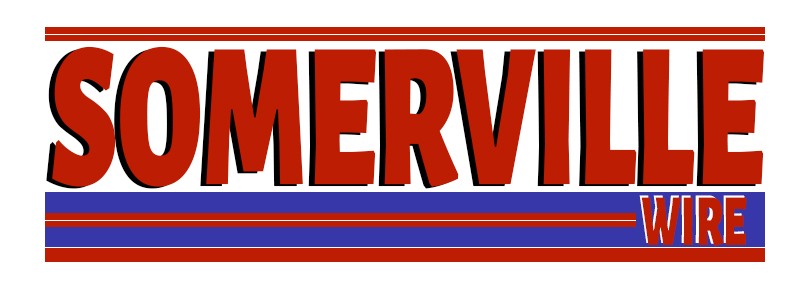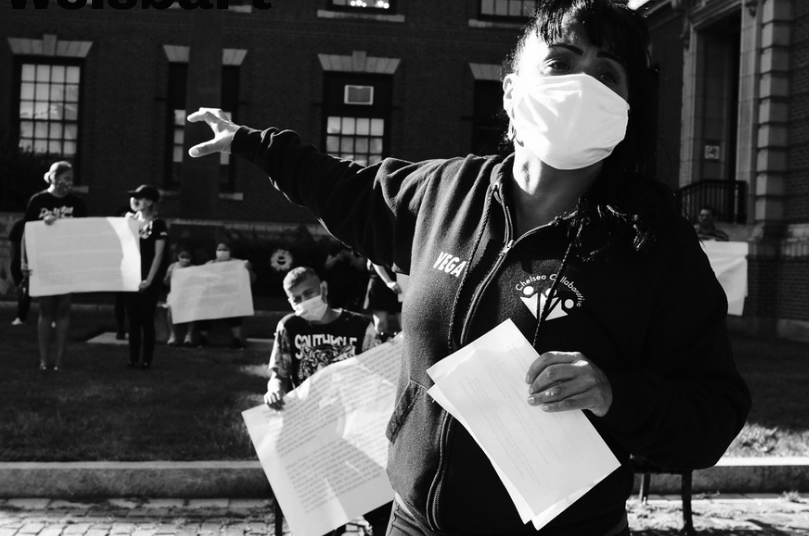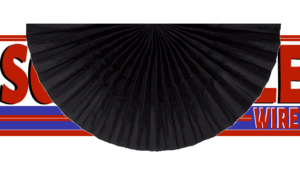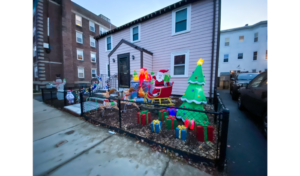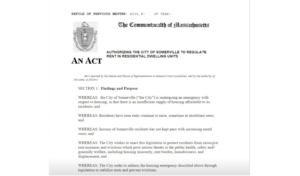The powerful work of a social documentary photographer
(Somerville Wire) – The gripping and striking work that Somerville-based artist Cindy Weisbart creates is a reflection of the world around us, whether she is tracking the story of the economic devastation of the pandemic or assembling a COVID Vaccine Portrait Gallery. In all cases, Weisbart is seeking to get closer to the idea of what the “truth” is, and she does this through the images she captures, focusing on subjects that often feel political and socially aware. I asked Weisbart about what inspired her to begin this work, why teaching history at the Cambridge Rindge and Latin School feels important to her, and the moments of common humanity that she strives to represent.
What compelled you to become a social documentary photographer? How did you become invested in this work, and what is the story of how you first became immersed in it?
I found my teacher Stella Johnson in a Maine Media Workshop class on Social Documentary. I made my first project with her and had that feeling of falling in love with every part of the story of a group of people whose work resonated with me—the people at a hundred-year-old, family-owned propane and oil delivery service in mid-coast Maine. I had worked many years in rural New Hampshire and knew the story of and the need for this service. Following the drivers and mechanics, learning about the changing community, representing the work and the beauty of this story—I loved every part of the challenge to create a compelling visual narrative, with integrity. I feel that same groove of challenge and passion in every story I photograph.
I think the big shifts for me were seeing the work of The Photo League of the 1930s-50s, Robert Frank’s “The Americans,” the photographers of Kamoinge, and Mary Ellen Mark. The Photo League was a collective of women and men in New York City who worked together reading, photographing, critiquing and experimenting to tell stories of what they saw around them, during politically, economically, and socially high-pressure times. I loved their interdependence and their striving for better. They made me conscious about positionality, the relationship of photographer to subjects, opening my eyes to ways I saw them represent “us” and “them.” “The Americans” is an absolute slap in the face of Cold War propaganda—this Swiss young man showing “this is what I see” in the “land of the free and the home of the brave.” His critique is visceral, visual, political—all together in single, storytelling frames. Black photographers in this time period created the necessary Kamoinge Workshop with the goals of mutual support, critique and professional development when racism blocked equal opportunities. Kamoinge represents what I value most in the photo community—intersection, interaction, a place to belong where each member can draw on collective resources to develop their unique vision and create their best work. Finally, Mary Ellen Mark makes us think about, laugh at, and see in fresh new ways the pentimentos that surround us all the time.
You strive to capture moments of “coyuntura,” representations of common humanity and commitment. What drew you to these instances?
What is “truth”? Why does “truth” matter? Crowdsource a consensus—what understanding can we construct with the experiences of everyone impacted? How can a deep understanding of a wide representation of perspectives help us define “the current moment,” and prioritize our next action steps to bring equity and joy to neighbors, friends and family?
This is the political practice of coyuntural analysis. When I learned about it, it resonated for me about my goals in making photographs—the challenge to make images that represent a moment of our collective truth, experiences of people and context that can allow a subject to feel like their point of view is being represented, and can allow an audience to resonate with an event, gaze, action or circumstance that confirms their own experience, brings them into their community, and strengthens their experience of a common humanity in our human community.
One of your portfolios that I found particularly powerful was the black and white series “La Colaborativa.” What did you want to communicate or express through it, and what techniques did you use to create such striking images?
In the early days of the pandemic, I walked around my neighborhood wondering about how small businesses would come back, or rise anew, from the economic devastation of COVID. I found posters for the MAMAS—Mutual Aid of Medford and Somerville—and am enough of a history teacher to know the history of mutual aid societies in this country created by those of us who had challenges to accessing resources to support our basic needs—food, housing, employment, medical care, end-of-life services—due to discrimination based on racism and nativism. As I pursued this light in the pandemic darkness, through local interviews and historical research, I was led to what was then the Chelsea Collaborative, miraculously creating a viable food pantry for hundreds of people in need, where there wasn’t one just weeks before. Honest care, deep commitment and authentic connections just quieted your soul and strengthened your resolve to be part of the solution—short term and long term. I volunteered with their food distribution services and brought my camera to try and record the feelings of connection among volunteers, community members and contributors. The power of determination and the joy of service were my main motivations.
You also worked on a City of Somerville public health campaign, a COVID Vaccine Portrait Gallery. Can you tell us about how you approached this project and what you wanted to portray?
This assignment was a gift—to portray friends and neighbors in Somerville who were working hard throughout the pandemic, doing everything they could to stay physically and emotionally healthy, and reflect their beautiful selves back to the city. In my neighborhood, there are people whose families have been in their houses for generations, and there are new condo owners. There’s a bodega and a brew pub, restaurants and banks that do business in multiple languages, new family businesses, chain stores, places that fix cars and places that sell alcohol. I wanted to represent some of the complexities that I value in Somervillians—language, class, race, residency status, gender representation, types of work. I was so happy to have the chance to feature people in my life doing their good things! I very much appreciated how the Arts Council was working together with a public health mission for the city—so smart, so effective.
You also work as a public high school history teacher. What do you enjoy about working with students, and is there ever overlap between your teaching work and your art as a photographer?
Young people are actively making the world we live in. It is an honor to support them in this essential work. They are smart, beautiful, serious, skilled and full of life. Whatever I can do to strengthen their sense of self and abilities to take this place over and run it sustainably and with justice—it’s an honor to have my job.
In 2019, I studied after-school teen social documentary photography programs in New York City on a sabbatical leave from teaching. With this experience, I developed a history elective that incorporates research, activism and photography, called “‘Social Documentary Photography, History and Civic Agency.” Students choose a concern of direct importance to them, investigate the 20th century roots of the current issue, analyze the current conversation about the issue in credible publications, find and interview an activist working for change in the field, and learn how to make a sequenced portfolio of images that tell the story of what matters to them. This semester is the second full course I’ve been able to teach, as we were interrupted by the pandemic. Some of last year’s projects explored student dress codes, Brazilian rainforest deforestation, young women and boxing, lowering the voting age, housing instability, intersections of gender and cultural identity, the experiences of immigrant families, environmentalism, and the politics of Black hair. Their images became stronger and more confident, taking inspiration from documentary, journalism and fine art practice. The project for this class is a personal, meaningful, photojournalistic reporter-at-large. It is thrilling working with students to realize these rich, personally-relevant explorations.
Read more about Cindy Weisbart here.
This article is syndicated by the Somerville Wire municipal news service of the Somerville News Garden project of the Boston Institute for Nonprofit Journalism.
All Somerville Wire articles may be republished by community news outlets free of charge with permission and by larger commercial news outlets for a fee. Republication requests and all other inquiries should be directed to somervillewire@binjonline.org. Somerville Wire articles are also syndicated by BINJ’s MassWire state news service at masswire.news.
SUBSCRIBE TO THE SOMERVILLE WIRE EMAIL NEWSLETTER: https://eepurl.com/hpBYPv
Check out all our social media here: https://linktr.ee/SomervilleWire.
Shira Laucharoen is assistant director of the Boston Institute for Nonprofit Journalism and assistant editor and staff reporter of the Somerville Wire.
